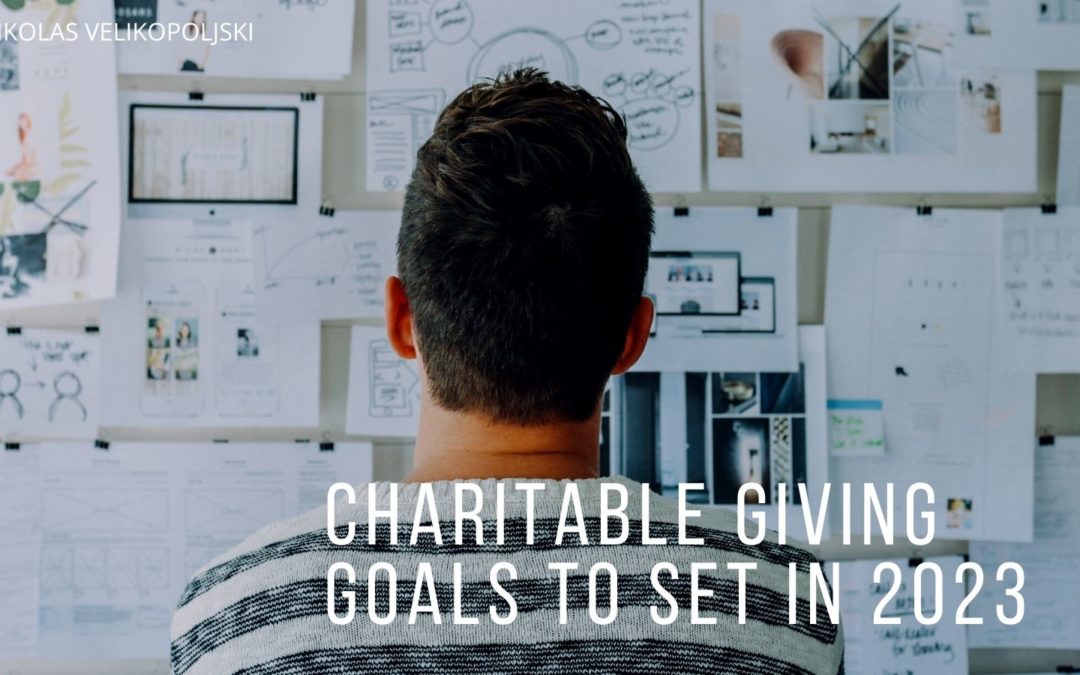The start of a new year offers fresh opportunities and renewed optimism. People take a moment to reflect and make plans to enhance work, family, income, or health. Below are some charitable giving goals to set for the new year.
Examine Your Worth
Along with financial donations, you may have other benefits to a group. Assist organizations by offering your time, expertise, or industry contacts. Take an honest look at the degree of commitment you can make after considering what you have to give.
Find a Cause
It helps to have a connection with a charity. Several online tools assist in verifying the legitimacy of non-profit organizations. CharityNavigator gives a grade to all companies, displaying information like the organization’s financial health and transparency with funds. There is also a list of trending, urgent needs on the home page.
Make it a Family affair
One of family life’s most essential and transformative aspects is participating in charity together. Giving takes on a different meaning when it is linked to beliefs and causes that are significant to you and your family. When this happens, grandparents, parents, and children can work together to solve challenges in their regional and global communities. Giving consistently also creates loving memories and develops into a family tradition from generation to generation.
Set Goals
Now that you’ve decided to contribute, it’s time to ensure that you follow through. Set aside time to fulfill your intentions. Create a separate giving fund if needed, and contribute to it once a month.
Because they serve as a visual reminder of your goals and help to direct your thoughts and activities, vision boards are powerful tools. You can see where you wish to go in numerous aspects of your life, enabling you to picture the objectives you want to accomplish. It helps to know the future you wish to have.
Write Everything Down
Create a generosity journal to keep track of your volunteerism and contributions. It’s simple to lose perspective when things aren’t documented. Accountability is easier with a diligent routine. When we show kindness to others, our bodies physically react. The neurochemicals that result in “helper’s high” are released when we are kind to others. Dopamine, serotonin, and endogenous opioids are all released after acts of kindness, and they may help us feel better and less discomfort. Oxytocin, known as the “love hormone,” is released more readily. A deeper, more profound connection with another person makes us happier because of oxytocin.
Being kind to others makes us joyful, lowering our stress levels and heightening happiness. We sense a connection to others when we do deeds of compassion for them. Our understanding of community and belonging is also strengthened through connectedness, which is a crucial component of happiness.

